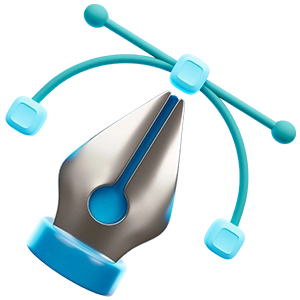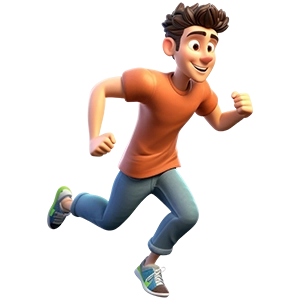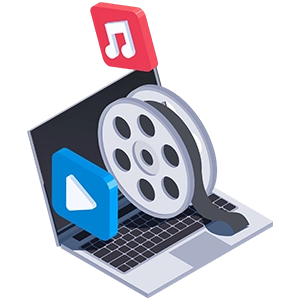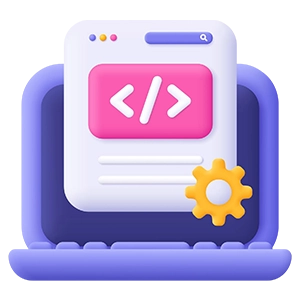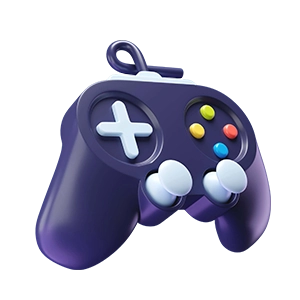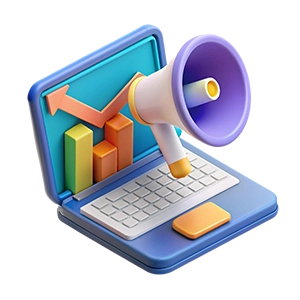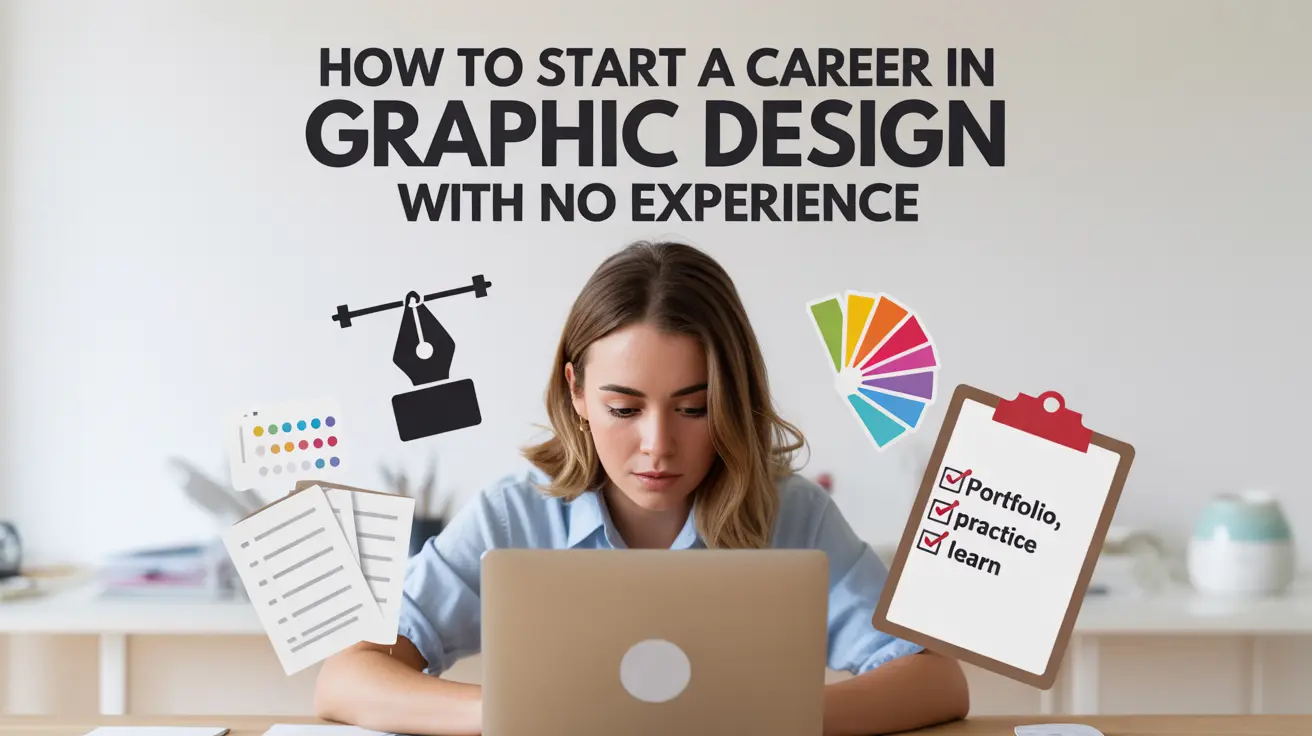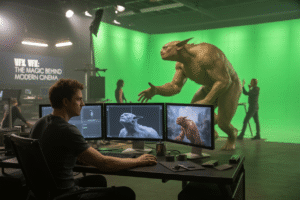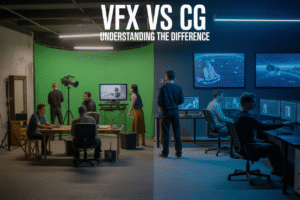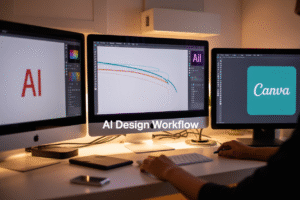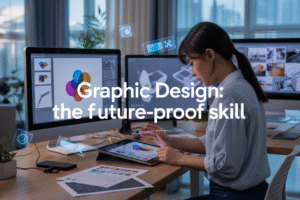Are you dreaming of becoming a graphic designer but feel discouraged because you have no experience?
You’re not alone many successful professionals in the field started exactly where you are now. With passion, perseverance, and the right strategy, it’s entirely possible to start a career in graphic design from scratch. This guide will show you how to start a graphic design career, even if you’re pursuing a beginner graphic design career path. Whether you’re just exploring your creative potential or you’re serious about landing a no experience graphic design job, this roadmap is designed for you. With actionable graphic design career tips for starters and proven steps, you’ll be equipped to start a career in graphic design confidently even with no experience.
Understanding the Role of a Graphic Designer
Before diving into tools and techniques, it’s crucial to understand what a graphic designer actually does. Graphic designers create visual content to communicate messages. They combine typography, color, imagery, and layout to design logos, websites, brochures, social media posts, and more.
As a beginner, understanding these tasks will give you a clearer picture of what to expect. It will also help you identify your areas of interest, whether it’s branding, UI/UX, digital illustration, or motion graphics.
💡 Pro Tip :
Start a Pinterest board or Notion database to collect designs that inspire you. Analyzing good design helps develop your eye
Absolutely! Many graphic designers are self-taught. With the right mindset, resources, and consistency, you can build a solid foundation without prior experience or a design degree. The industry values portfolios and creativity over diplomas. Your challenge is to build real-world skills and show them off in your portfolio.
💡 Pro Tip :
Document your learning journey publicly on LinkedIn or Instagram. It builds visibility and accountability.
Build Your Skills with Free and Affordable Resources
You don’t need to enroll in a $50,000 design program to learn graphic design. Today, there are countless free and affordable resources online that can teach you everything from color theory to Adobe Illustrator.
YouTube Channels: The Futur, Yes I’m a Designer, Will Paterson
Free Courses: VFX online, Coursera, Canva Design School, Skillshare trials
Books: “The Non-Designer’s Design Book” by Robin Williams, “Graphic Design: The New Basics”
Focus on foundational skills: layout, typography, color, contrast, balance, and white space.
💡 Pro Tip :
Pick one software (like Adobe Illustrator or Figma) and master it deeply before jumping to others.
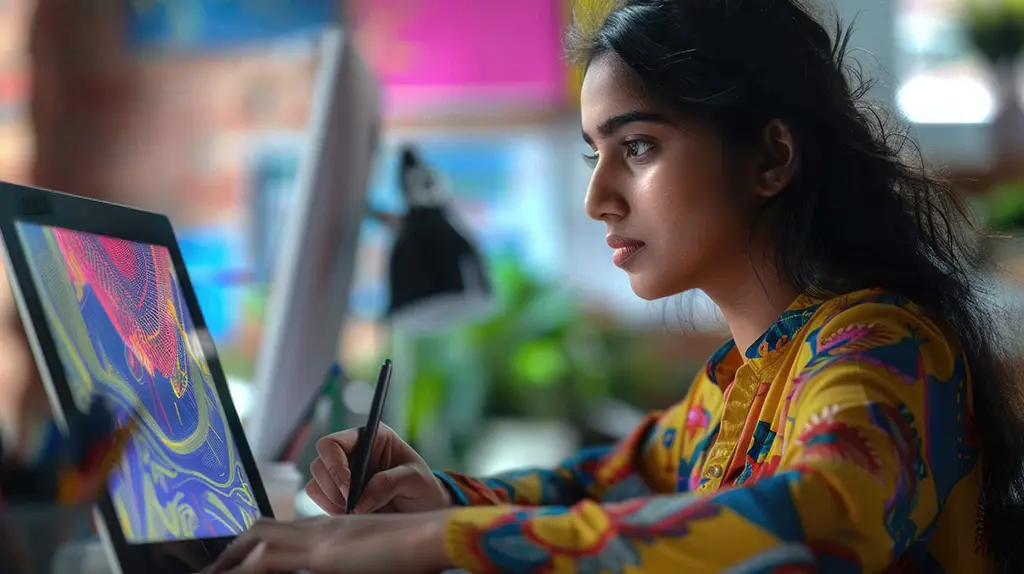
Create a Practice Portfolio from Scratch
When you have no experience, the best way to show what you can do is to build a practice portfolio. You don’t need client work to create strong portfolio pieces. Here’s how:
- Recreate famous logos for practice
- Redesign app interfaces or websites
- Create social media post templates
- Make mock brand identity packages
Use tools like Canva, Figma, or Adobe Illustrator. Showcase your best work on Behance, Dribbble, or a personal website.
💡 Pro Tip :
Add case studies to your portfolio. Explain your design decisions, not just the final result.
Learn Basic Design Principles
Mastering design principles is essential to becoming a great designer. Here are the basics you must understand:
Color Theory: How colors interact and convey emotion
Typography: How to choose and combine fonts effectively
Hierarchy: Leading the viewer’s eye through a design
Grid Systems: Creating organized, balanced layouts
White Space: Letting your design breathe
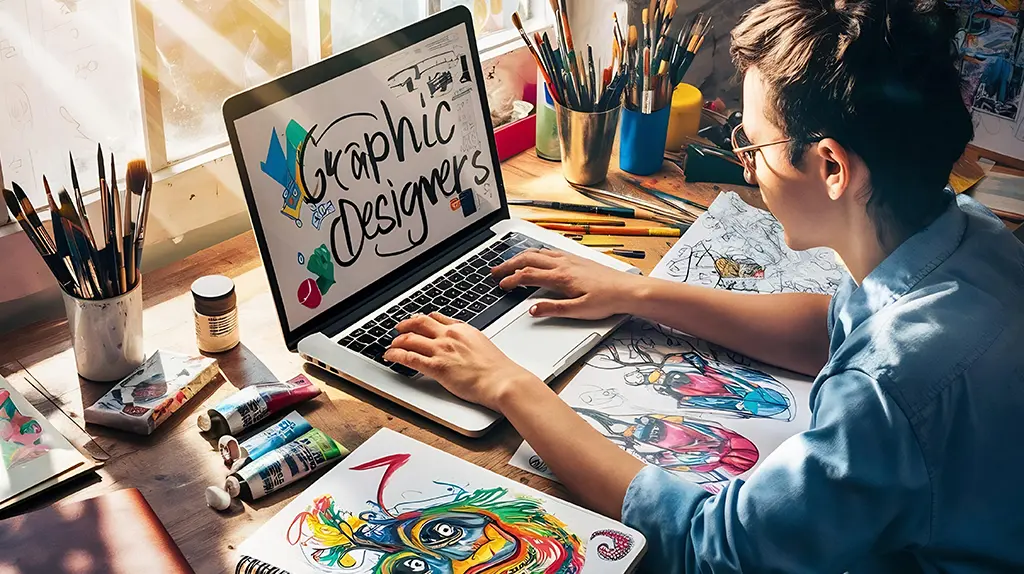
Understanding these principles will drastically improve your work, even if you’re just starting.
💡 Pro Tip :
evisit and critique your old designs regularly. It’s one of the fastest ways to measure progress and reinforce principles.
Start Freelancing to Gain Real-World Experience
Freelancing is a great way to gain hands-on experience and start earning while learning. Begin with small jobs on platforms like Fiverr, Upwork, or Freelancer. Offer basic services like:
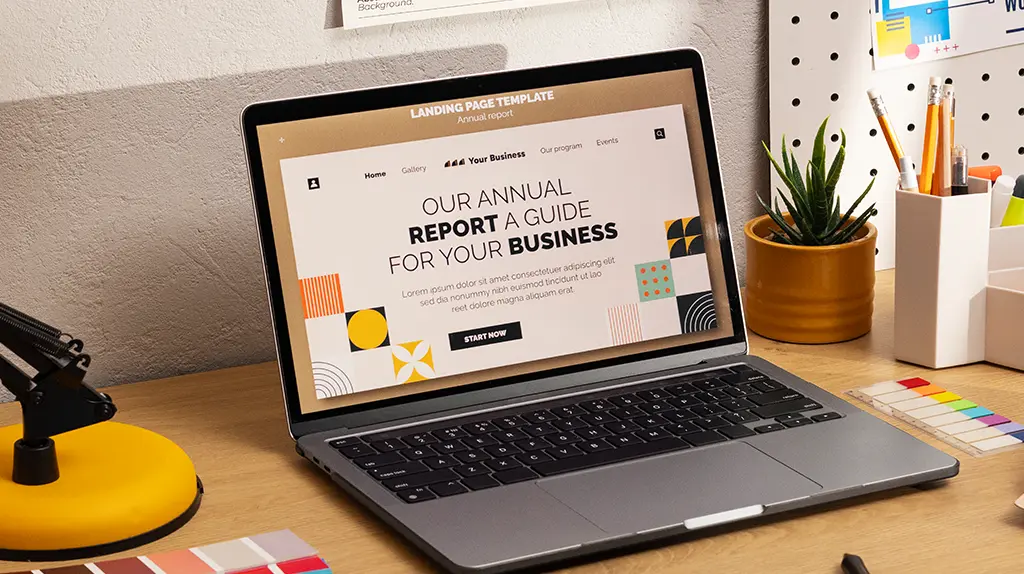
- Logo design
- Social media graphics
- Business cards
- Flyers and posters
- Motion Graphics
- Letter Head
- Menu Card
Initially, your rates can be low as you build credibility. As you complete projects and collect testimonials, raise your prices and refine your
💡 Pro Tip :
Always ask clients for feedback and testimonials after a job—it builds trust and credibility.
Network and Join Online Design Communities
The design world thrives on community. Surrounding yourself with other creatives can accelerate your learning and open doors to job opportunities.
- Join: Reddit graphic design, Facebook groups, Slack channels
- Follow: Designers on Instagram, LinkedIn
- Engage: Comment, share, and ask questions
Networking isn’t just for job seekers; it’s how you grow, stay inspired, and find collaborators.
💡 Pro Tip :
Don’t just follow people—engage meaningfully. Share your progress and contribute value to the conversation.
Apply for Internships, Volunteer Work, or Entry-Level Positions
once you have a basic portfolio, start applying for internships, entry-level jobs, or volunteer roles. Local nonprofits, student organizations, and startups often need design help and may be more flexible with experience requirements. Customize each application, include a link to your portfolio, and highlight your willingness to learn and grow.
💡 Pro Tip :
Tailor your resume with keywords from the job post and personalize your application to the company’s brand.
Keep Learning and Stay Updated
Graphic design is an ever-evolving field. Staying current with trends and tools is essential. Follow design blogs, watch tutorials, and read industry news.

Smashing Magazine
Creative Blog
Adobe Blog
AIGA Eye on Design
Always be a student. The best designers never stop learning.
💡 Pro Tip :
Set Google Alerts for design trends or follow hashtags like #graphicdesigntrends to stay informed.
here are some last pieces of advice to keep you moving forward:
Be consistent: Design every day, even if it’s a small project.
Embrace feedback: It’s the fastest way to grow.
Stay curious: Explore new styles and tools.
Build your brand: Treat yourself as your first client.
Be patient: Success in design is a marathon, not a sprint.
💡 Pro Tip :
Track your progress with monthly reflections. It will keep you motivated and help you refine your goals.
Conclusion
Starting a graphic design career with no experience might seem overwhelming, but it’s absolutely possible. With passion, practice, and persistence, you can go from complete beginner to confident creator. Start learning, start designing, and start sharing your work with the world. Your journey into the world of graphic design begins now.
Frequently Asked Questions (FAQs)
Yes! Many designers begin with no formal background. Focus on learning tools, design principles, and building a portfolio to show your skice
Start with Canva or Figma for beginners. Move on to Adobe Photoshop, Illustrator, or InDesign for more advanced work.
Start with freelance gigs, internships, or volunteer projects. Build a portfolio that proves your design thinking and visual style.
Create personal projects, mock client work, and document your design process. A good portfolio and clear presentation often matter more than a resume.
Practice consistently, study design theory, seek feedback, and always keep learning. Network with other designers to grow your opportunities.
Use free courses (YouTube, Coursera), participate in design challenges, and read design blogs. Start small and build up gradually.
Yes, absolutely. Many employers care more about your portfolio than your academic credentials.
Definitely. Freelancing gives you practical experience, builds your confidence, and allows you to work on real-world projects.
Avoid using too many fonts, skipping alignment, ignoring feedback, and not studying existing design work.
With regular effort, you can create a strong beginner portfolio in 3–6 months by doing practice projects and redesigns.
Want Professional Feedback?
These projects are ideal for personal growth, but they become truly powerful with expert critique, mentorship, and structured learning. That’s where a professional course makes the difference.
✅ Inside our 

Get feedback from real designers
Build industry-level projects
Learn tools like Photoshop, Illustrator, Figma, Firefly, and more
Learn how to package your projects into a real portfolio
– Turn your creativity into a career that’s future-proof.

